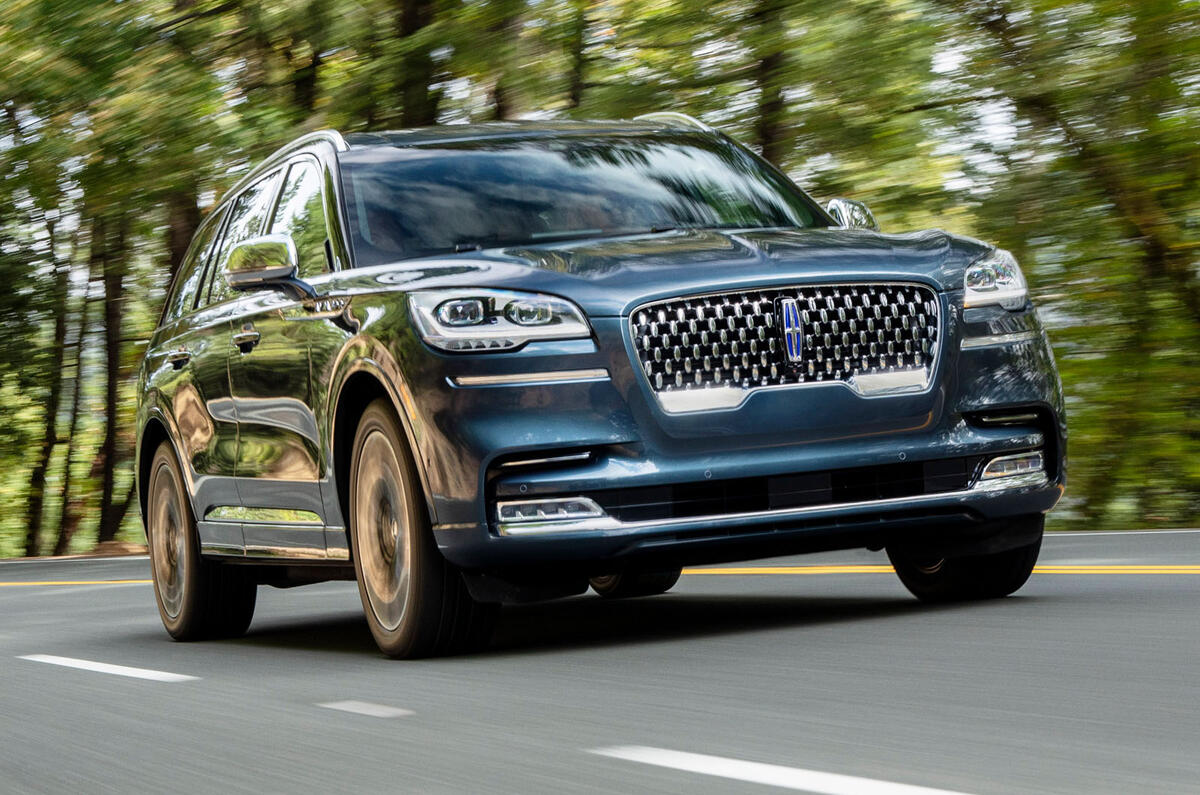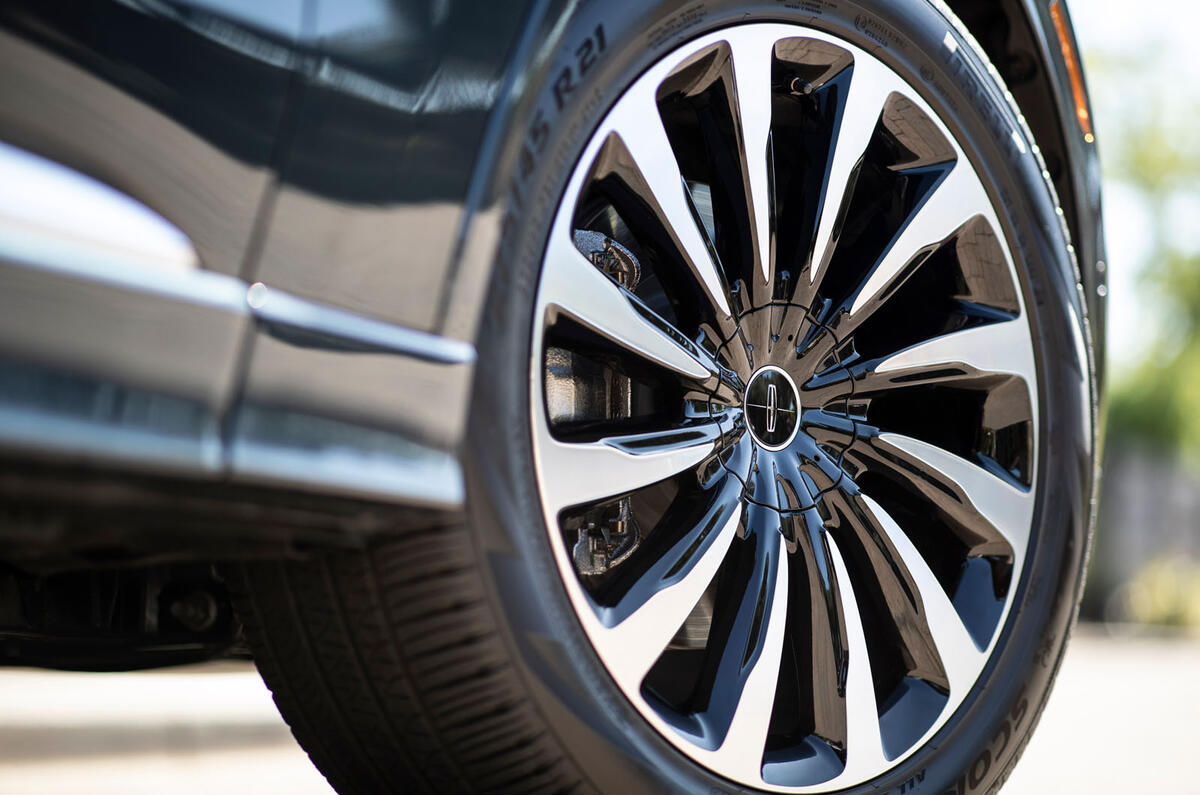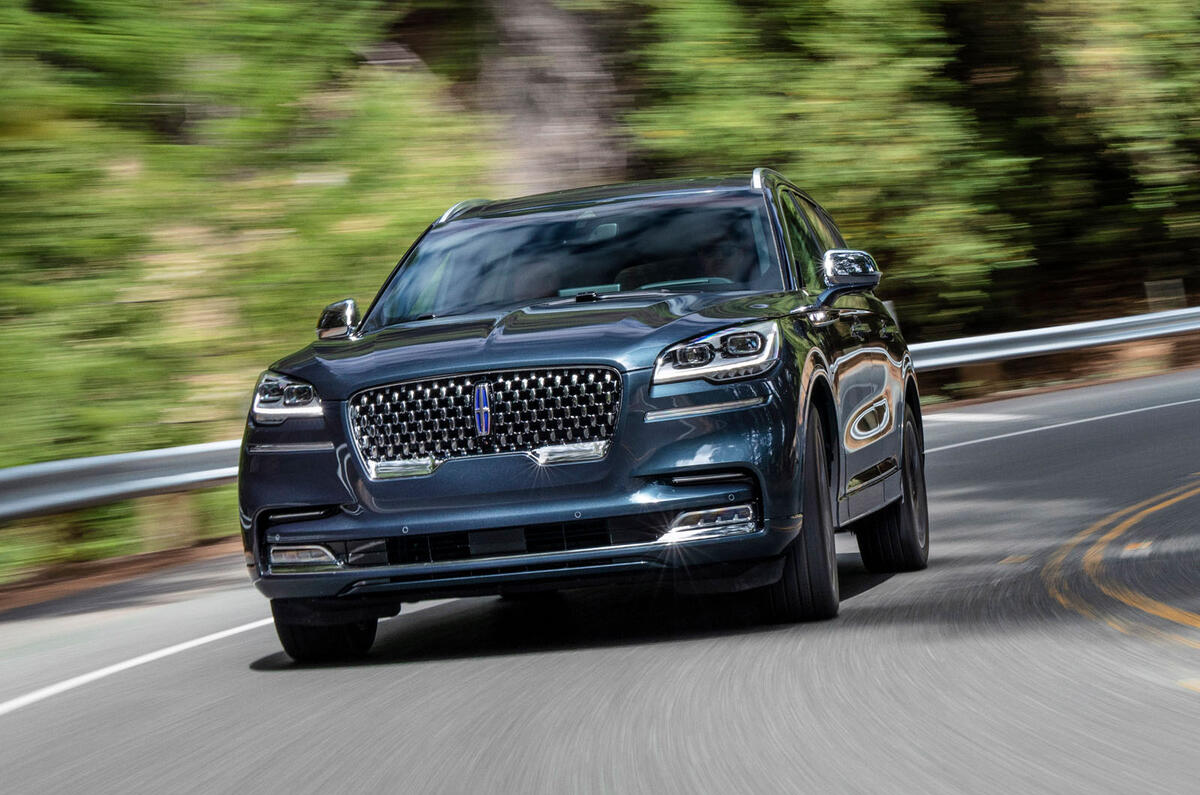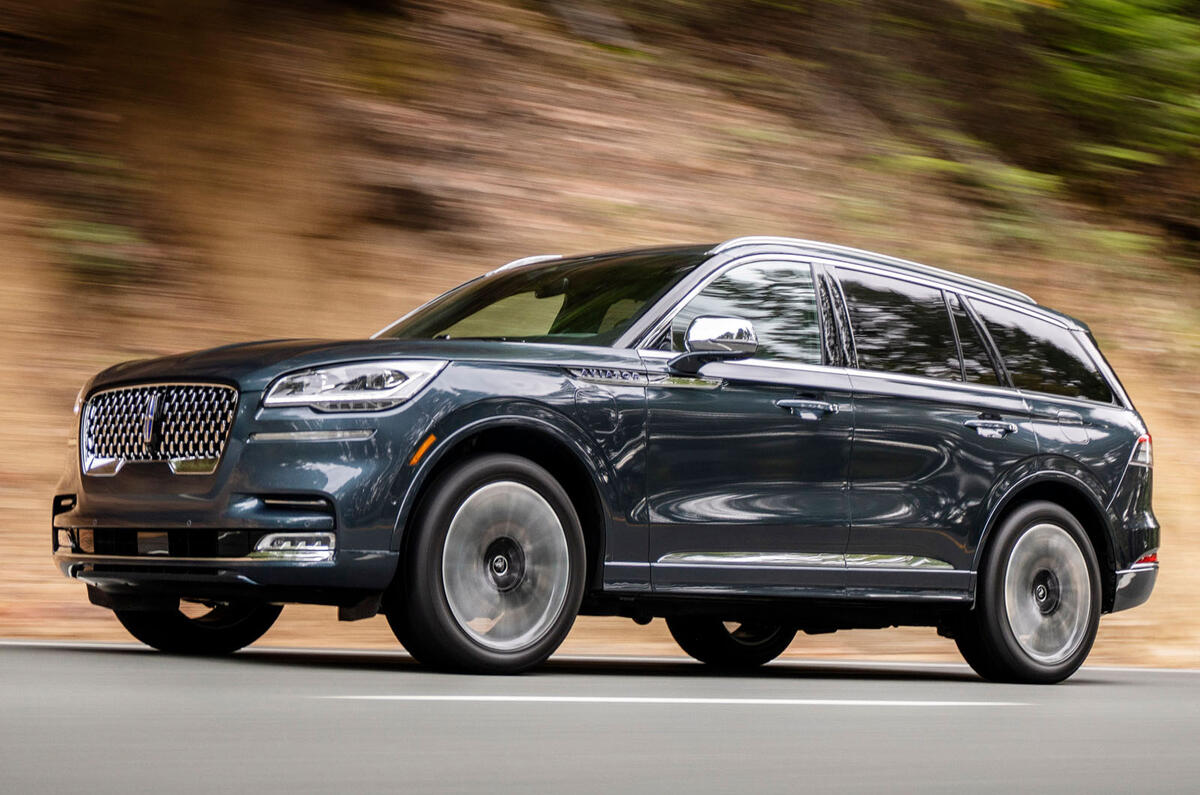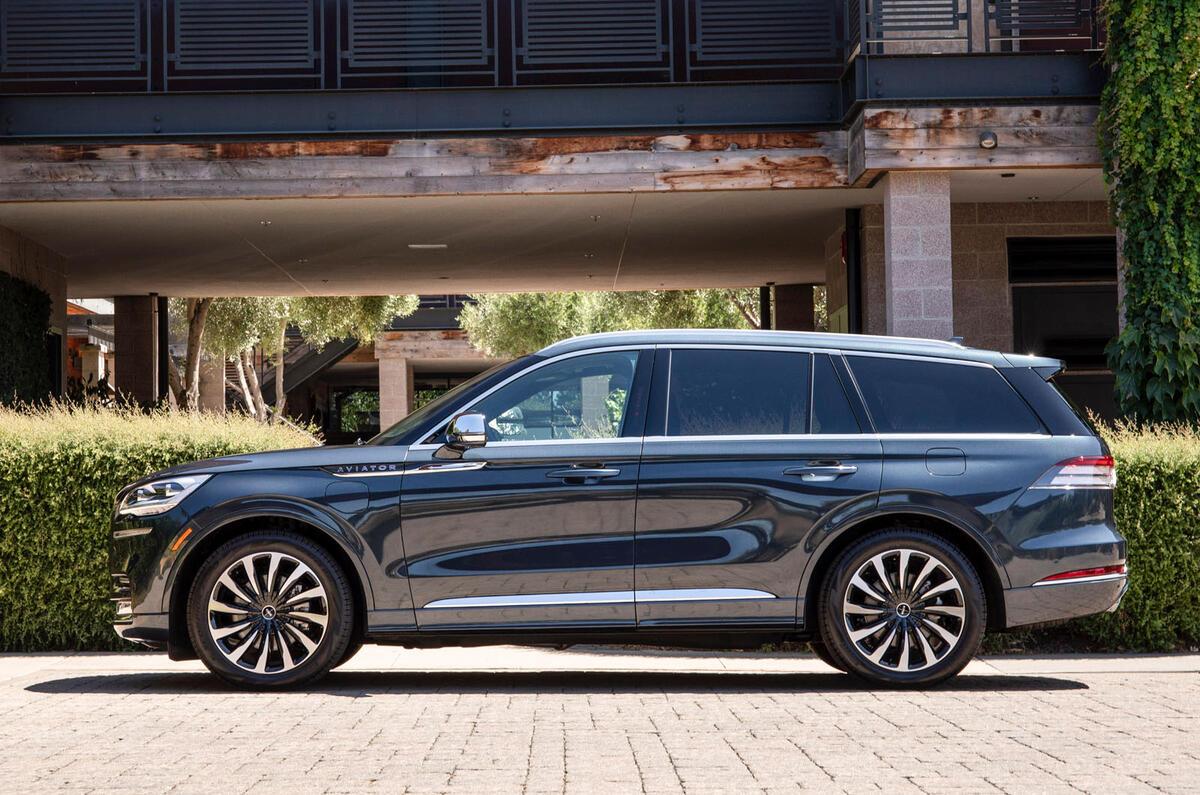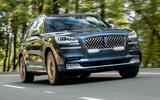The latest model from Ford's upmarket division is a more relaxed take on the performance SUV. The new Aviator revives a nameplate last used in 2005 and is once again a rebodied version of the Ford Explorer.
Despite a close under-skin relationship, the Aviator has unique bodywork and is pitched and priced as an alternative to European and Japanese premium SUVs.
Although smaller than the Navigator, the Aviator is still a sizeable beast, being just over five metres long and having three rows of seats as standard. All versions use a longitudinally mounted version of Ford’s twin-turbocharged petrol 3.0-litre V6 making 400bhp and working in conjunction with a 10-speed automatic gearbox.
The Aviator has rear-wheel drive as standard, while the plusher Black Label version tested here is a 4x4. There's also the range-topping Grand Touring plug-in hybrid, with a total output of 494bhp but also a serious 2573kg kerbweight (by American methodology). The regular AWD petrol is a relatively svelte 2218kg.
The Aviator has a relaxed demeanor that's reminiscent of the previous-generation Range Rover. Performance is acceptably brisk, although some way short of the sports car acceleration that has become common to the segment, and it's immediately obvious that Lincoln has prioritized comfort over dynamic precision. The engine has plenty of low-down muscle and is happiest when asked to deliver near-silent cruising. Yet it's also enthusiastic when poked from its slumbers, revving keenly and sounding pretty good for a V6 when working hard.


